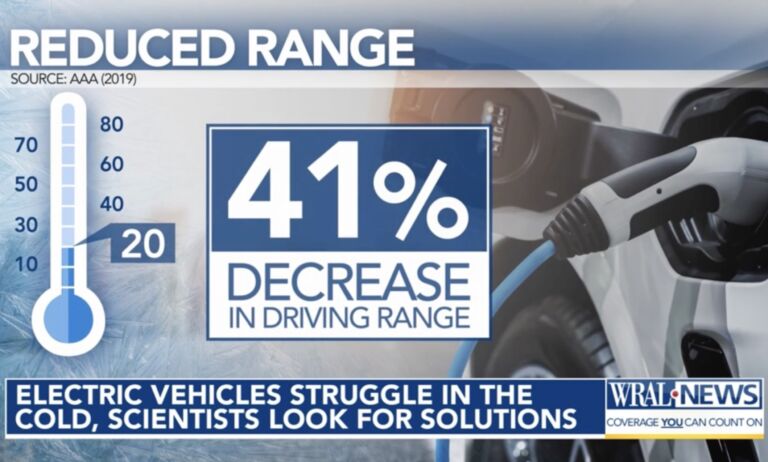The latest Bloomberg Businessweek features an editorial with the utterly unsurprising headline “The Red Tape That’s Choking Financial Reform.”
It’s been more than three years since the Dodd-Frank financial reform law passed. Yet less than 40 percent of the law’s requirements have been met.
One reason is the long list of agencies represented in Obama’s office: the U.S. Treasury, the Federal Reserve, the Office of the Comptroller of the Currency, the Consumer Financial Protection Bureau, the Federal Housing Finance Agency, the Commodity Futures Trading Commission, the Federal Deposit Insurance Corp., the National Credit Union Administration, and the Securities and Exchange Commission.
Our head is spinning, too. Many of these have overlapping duties. And the leaders of all the agencies seem to have the natural impulse that drives bureaucracies: elbows-out protection of turf. The result is a lot of unnecessary delay.
Possibly the most important Dodd-Frank mandate still hanging is the Volcker Rule, which bars banks with federally guaranteed deposits from using their own funds when trading securities. Five agencies have a hand in writing it, and each has a veto. No wonder it’s a year behind schedule.
Also pending are important rules governing how Wall Street bundles mortgages into bonds for sale to investors, limits on the use of leverage by banks, and requirements for money to be set aside on certain derivatives trades. All require multi-agency agreement.
Why should this surprise no one? Because the Dodd-Frank financial reform legislation was based entirely on initiating new red tape that would do little to nothing to reform problems in the American financial sector.


